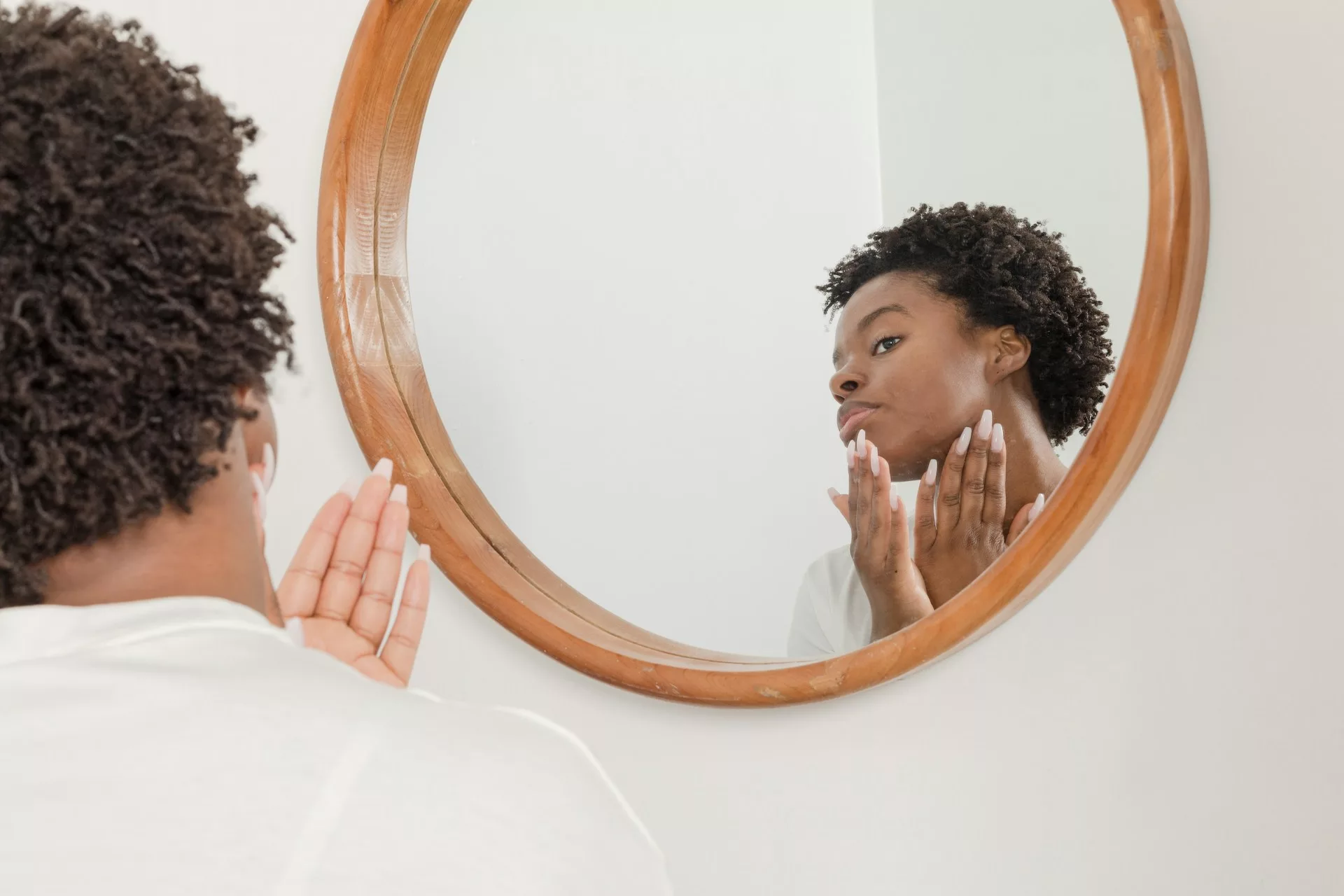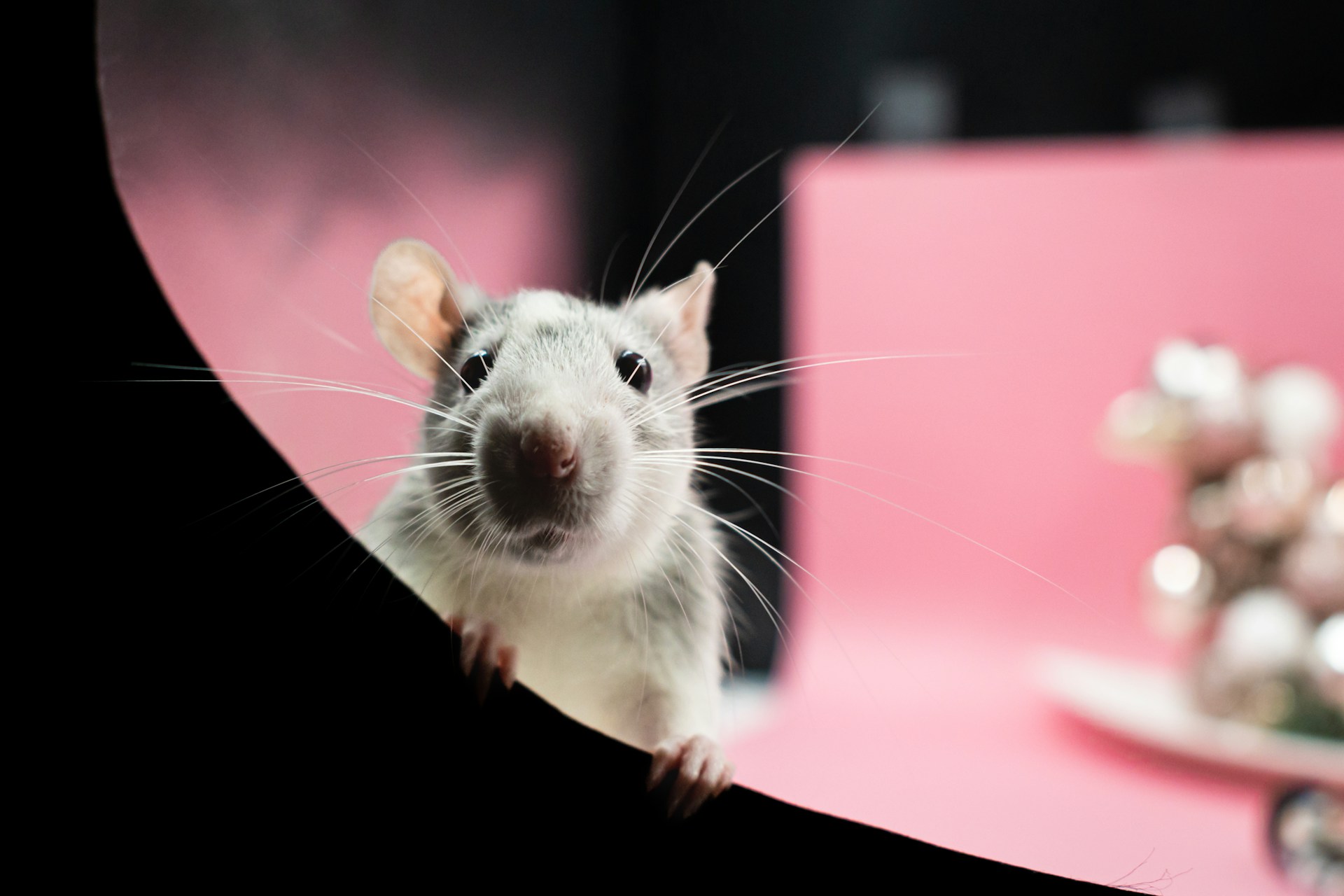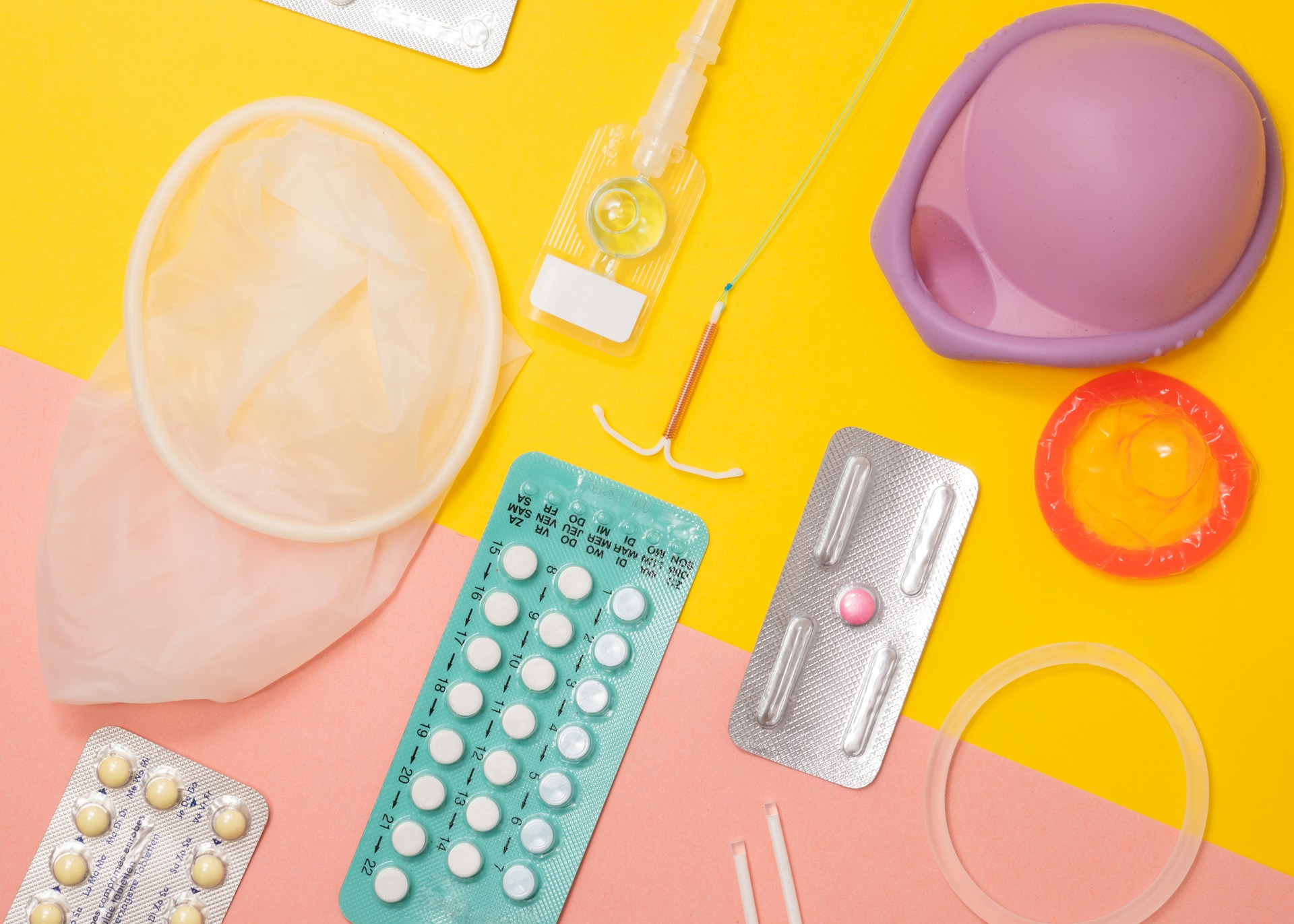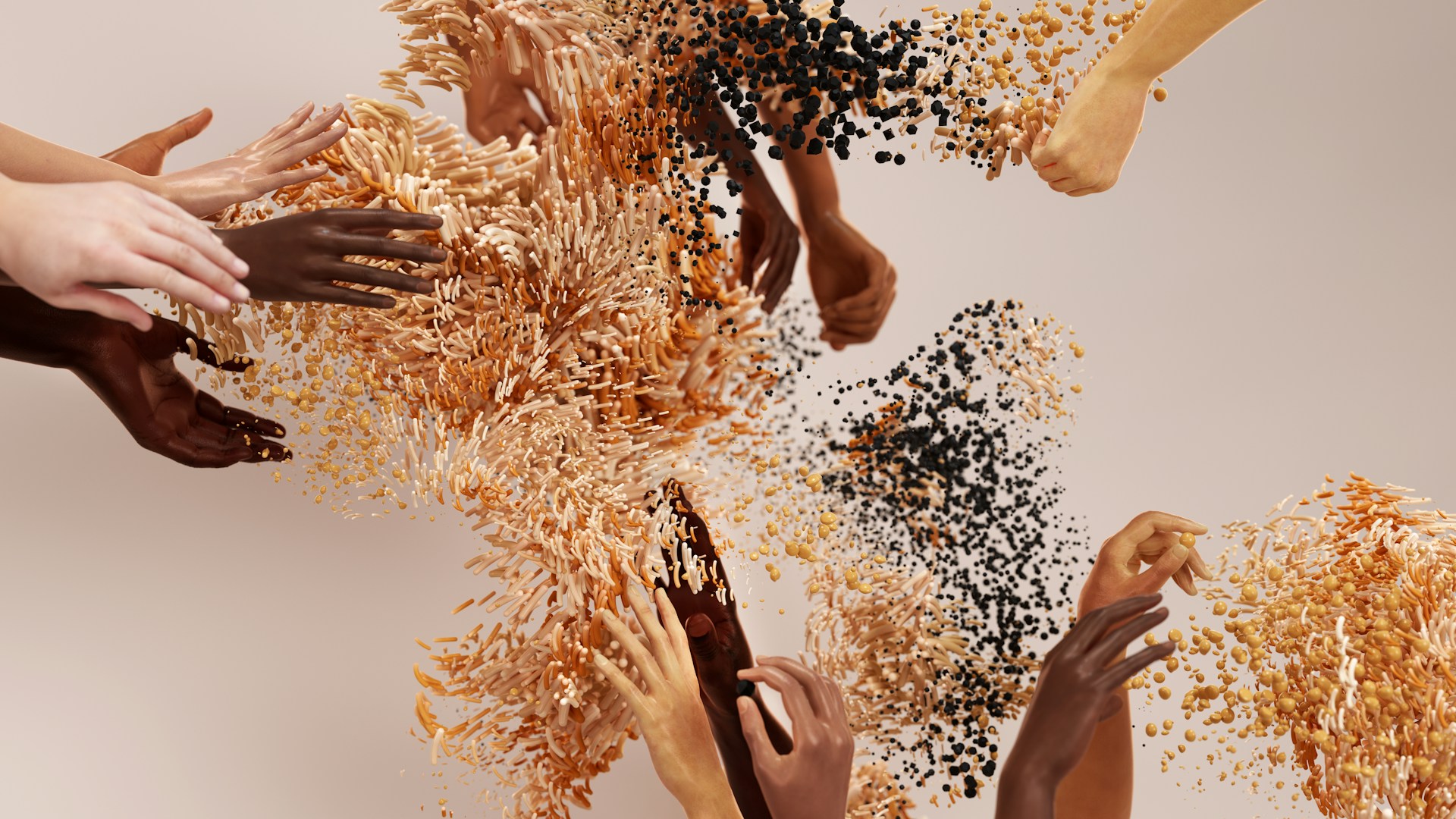The internet and social media has a pervasive impact on what is considered the most preferable look, particularly for women. Photo credit: Curology via Unsplash
The insidious impact of social media on beauty standards, fuelling a culture of comparison and a sense of inadequacy among individuals, is widely acknowledged. It is known that the rise in social media usage has contributed to a concerning increase in mental health issues, such as anxiety and depression. What’s more, several popular filters and trends on platforms such as Instagram and TikTok have contributed to the glorification and idolisation of Eurocentric features, the perpetuation of harmful colourist and fat-phobic ideals, and the normalisation of undergoing both invasive and non-invasive cosmetic procedures in pursuit of the current beauty standard.
Although the progression of technology has rendered cosmetic procedures safer, more affordable, and widely accessible, it has also increased the demand of such procedures. This is accompanied by a recent discernible trend of hyper-medicalisation within the beauty industry, in which cosmetics and cosmetic procedures are portrayed as remedies to “fix” or “solve” natural processes like ageing. The question emerges: how did society arrive at such astronomically unachievable standards of beauty, and in what manner has the very concept of beauty become entwined with technology and medicine?
Social media filters play a large role in the ever-evolving standards of beauty, having profound societal implications extending beyond the digital realm. The normalisation of extreme facial alterations by filters, accompanied by celebrity culture and airbrushed advertisement images, has caused a surge in levels of body dissatisfaction, and a desire to therefore emulate certain aesthetics seen online. Women are the recipients of 95% of all cosmetic procedures in 2022. In fact, in one study on female university students in Saudi Arabia, almost half of those surveyed reported considering cosmetic surgery due to the influence of social media.
One popular desired aesthetic is the “Instagram Face”, characterised by almost cyborg-like sculpted cheekbones, eyes with a slanted, upturned look, and plump, full lips. Such trends have led to the likes of fox eye surgery and buccal fat removal gaining popularity. Fox eye surgery in particular, alongside the shift towards valuing features historically denigrated in black bodies, such as larger bottoms and lips, reflects how cosmetic procedures designed to achieve particular attributes can be viewed as racial cherry-picking and the appropriation of Asian and Black features, respectively.
Cosmetic surgery is uniquely positioned within the narrative of body dissatisfaction. Rather than being promoted as merely an aesthetic alteration, cosmetic procedures are marketed as therapeutic in nature and pro-wellness. This is evident from an analysis of brochures from three separate cosmetic clinics, where the top three phrases identified were “physician”, “clinically proven”, and “treatment”. This reflects a deliberate effort to present cosmetic procedures through a medical lens, as a solution to an aesthetic “problem”. The minimal discussion of the physical and mental risks associated with these procedures—often relegated to the small print—raises concerns about the potential distortion of the decision-making process for consumers considering elective cosmetic surgery. The outcomes of many procedures are showcased with little acknowledgement of the recovery process or potential complications (e.g. filler migration). Yet, television shows such as Botched and Nip/Tuck commodify cosmetic surgery, presenting its complications and risks as forms of entertainment and highlighting how society is seemingly accustomed to such drastic alterations of our appearance.
Cosmetic surgery is uniquely positioned within the narrative of body dissatisfaction.
Disturbingly, certain cosmetic procedures often experience a surge in popularity before being eclipsed by the latest shift in the ever-changing beauty ideals. For instance, following the idolisation of ‘thick’ (i.e. curvaceous) figures on social media and Kim Kardashian’s rumoured buttocks injections in February 2014, online searches for ‘butt enhancement’ rose by 34% and ‘butt implants’ by 100%. This ideal, however, then shifted following Kim Kardashian’s appearance at the Met Gala in 2022. Kardashian’s seemingly thinner frame went viral, sparking a renewed interest in a slimmer aesthetic. This, along with other celebrity endorsements, led to marked public interest in Ozempic, a drug intended for the treatment of type 2 diabetes which, when abused, can induce rapid weight loss. This is just one example of how the rapid development of beauty standards is exacerbated by the constant influx of unrealistic images on social media, creating a cyclical relationship wherein individuals seek cosmetic enhancements to align with prevailing standards.
From the androgynous flappers of the 1920s, the curvaceous Marilyn Monroe figure of the 1950s, to the heroin chic of the early 2000s, fluctuating beauty ideals for women are not new. However, within the past 15 years, the advent of Instagram has played a pivotal role in shaping beauty standards at an unprecedented pace. Despite the taxing nature of these changing body standards, there persists a pervasive desire among individuals, particularly women, to conform to these ever-changing ideals. The economic ramifications of these relationships are substantial, with the $646.20 billion worth of the beauty industry predicted to grow at a rate of 3.33% per year between 2024 and 2028.
The advent of Instagram has played a pivotal role in shaping beauty standards at an unprecedented pace.
A key issue with the use of filters, photo-editing apps such as FaceTune, and cosmetic procedures is the lack of transparency in their usage, with influencers and regular individuals failing to disclose the use of surgery or photo manipulation. The economic dependence on beauty standards exacerbates these challenges, with brands relying heavily on influencers to promote products, irrespective of the authenticity of their looks. This further worsens the mental health consequences—without transparency, influencers and celebrities often appear to encapsulate the beauty standard naturally, worsening viewers’ body dysmorphia, disordered eating, and low self-esteem issues as a result. Responsible promotion of cosmetic procedures and cosmetic products, considering advertising standards and disclosure of photo edits on social media, is imperative.
…[glass skin] seemingly prioritises aesthetic appeal over genuine skin health.
Alongside cosmetic surgery, the landscape of skincare has undergone a transformative shift, accompanied by a broader trend of medicalisation in skincare practices. Brands like The Ordinary and The Inkey List have gained widespread popularity post-lockdown, promoting their products based on chemical formulations and often adopting highly therapeutic and medical language in their marketing strategies. Moreover, the surge in elaborate skincare routines (often comprising 10 or more steps), encompassing a myriad of specialised products, appears to be driven by capitalist motives, marketing products which tap into individuals’ insecurities rather than genuine needs. Such extensive regimens may inadvertently damage the skin’s microbiome and overall health and often contain products including chemicals which can disrupt normal endocrine (hormone) functioning. The beauty ideal of shiny, tight, glowing skin, termed ‘Glass Skin’ on social media, seemingly prioritises aesthetic appeal over genuine skin health.
Similarly, injectables such as Botox also prioritise appearance over health. Botox can have many short-term adverse effects, including muscle weakness, and there is a lack of long-term studies investigating the potential adverse effects of using neurotoxins. However, dermatologists, traditionally associated with medical care, are increasingly engaging in the promotion of non-medical treatments like Botox during annual check-ups, much like dentists prominently advertising teeth whitening services, blurring the lines between medical and cosmetic practices.
The widespread promotion of potentially harmful anti-ageing procedures highlights broader cultural issues; perhaps age-related concerns wouldn’t be as prevalent if our culture were more affirming of older individuals. Some media outlets tend to marginalise ageing female celebrities, and there is a noticeable underrepresentation of both female and male actors above the age of 60 in certain segments of the Hollywood film industry.
Despite the obvious harm, the advent of novel therapies and cutting-edge technologies suggests the popularity of cosmetic procedures is unlikely to decrease. Cryogenic fat freezing, marketed as CoolSculpting, in which adipocytes (fat cells) are frozen and ultimately eliminated from the body, is just one example of cosmetic innovation which will, undoubtedly, get caught up in various trend cycles over time. As these innovations continue to shape the cosmetic industry, the intersection of technology, medical expertise, and consumer demand propels the field into uncharted territories, offering individuals a plethora of choices to sculpt their desired aesthetic.
The increasing number of cosmetic procedures performed and the relentless swathe of edited photos on social media continuously reinforce limited and unrealistic beauty standards, perpetuating a cycle of dissatisfaction and the pursuit of an elusive ideal. Ultimately, the perpetuation of beauty standards not only exacerbates mental health issues but also fuels the machine of the beauty industry. Cosmetic procedures and surgery should stop being marketed, and perceived, as a necessary medical therapy or as a part of a self-care routine. It is imperative to cease selling a particular aesthetic under the guise of health.





